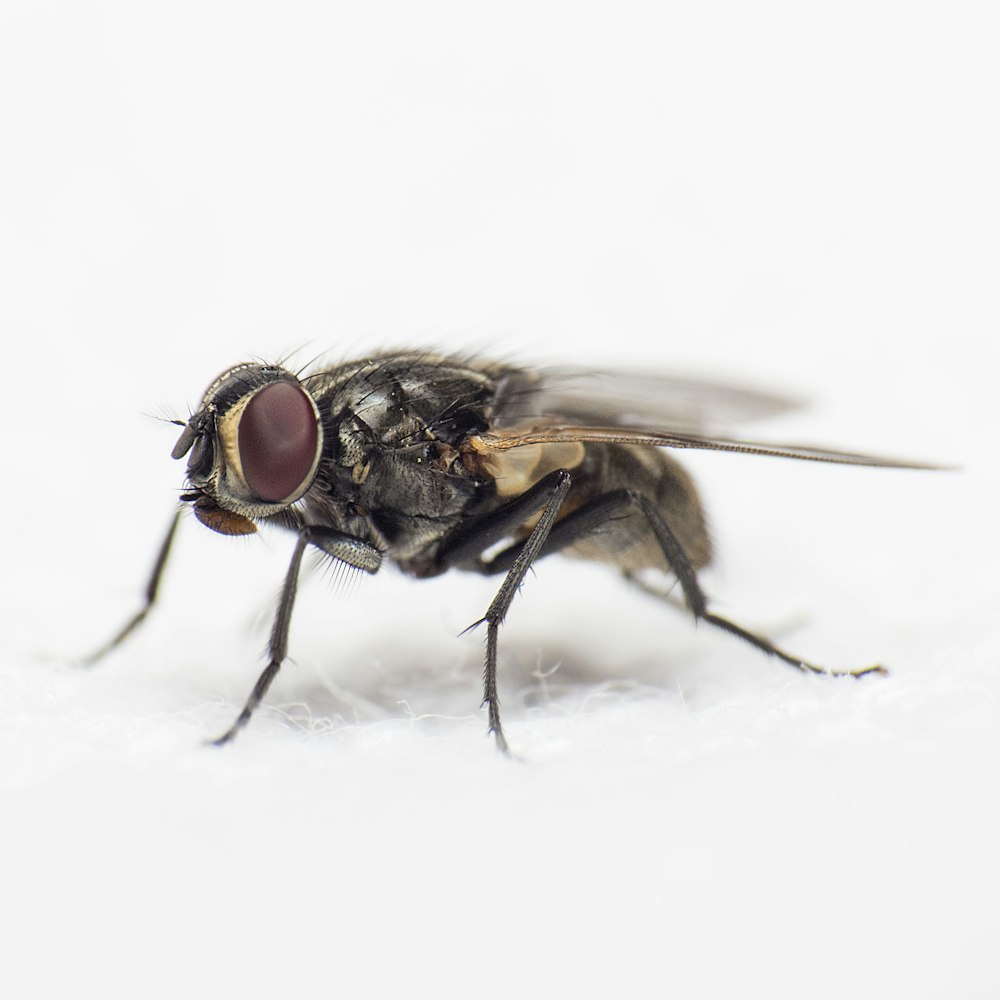The Swedish Malaise Trap Project (SMTP) was launched in 2003 with the aim of making a complete list of the insect diversity of Sweden. Over the past fifteen years, an estimated total of 20 million insects, collected during the project, have been processed for scientific study. Recently, the team behind this effort published the resulting inventory in the open-access journal Biodiversity Data Journal. In their paper, they also document the project all the way from its inception to its current status by reporting on its background, organisation, methodology and logistics.


The SMTP deployed a total of 73 Malaise traps—a Swedish invention designed to capture flying insects—and placed them across the country, where they remained from 2003 to 2006. Subsequently, the samples were sorted by a dedicated team of staff, students and volunteers into over 300 groups of insects ready for further study by expert entomologists. At the present time, this material can be considered as a unique timestamp of the Swedish insect fauna and an invaluable source of baseline data, which is especially relevant as reports of terrifying insect declines keep on making the headlines across the world.
The first author and Project Manager of the SMTP, Dave Karlsson started his academic paper on the project's results years ago by compiling various tips, tricks, lessons and stories that he had accumulated over his years as SMTP's Project Manager. Some fun examples include the time when one of the Malaise traps was destroyed by a moose bull rubbing his antlers against it, or when another trap was attacked and eaten by a group of 20 reindeer. The project even had a trap taken out by Sweden's military! Karlsson's intention was that, by sharing the details of the project, he would inspire and encourage similar efforts around the globe.
Karlsson has worked with and trained dozens of workers in the SMTP lab over the past decade and a half. Some were paid staff, some were enthusiastic volunteers and a good number were researchers and students using SMTP material for projects and theses. Thus, he witnessed first-hand how much excitement and enthusiasm the work on insect samples under a microscope can generate, even in those who had been hesitant about "bugs" at first.
Stressing the benefits of traditional morphological approaches to inventory work, he says: "Appreciation for nature is something you miss when you go 'hi-tech' with inventory work. We have created a unique resource for specialists in our sorted material while fostering a passion for natural history."
Sorted SMTP material is now available to specialists. Hundreds of thousands of specimens have already been handed over to experts, resulting in over 1,300 species newly added to the Swedish fauna. A total of 87 species have been recognised as new to science from the project thus far, while hundreds more await description.
The SMTP is part of the Swedish Taxonomy Initiative, from where it also receives its funding. In its turn, the latter is a project by the Swedish Species Information Center, a ground-breaking initiative funded by the Swedish Parliament since 2002 with the aim of documenting all multicellular life in Sweden.
The SMTP is based at Station Linné, a field station named after the famous Swedish naturalist and father of taxonomy, Carl Linneaus. Situated on the Baltic island of Öland, the station is managed by Dave Karlsson. Co-authors Emily Hartop and Mathias Jaschhof are also based at the station, while Mattias Forshage and Fredrik Ronquist (SMTP Project Co-Founder) are based at the Swedish Museum of Natural History.
More information: Dave Karlsson et al, The Swedish Malaise Trap Project: A 15 Year Retrospective on a Countrywide Insect Inventory, Biodiversity Data Journal (2020). DOI: 10.3897/BDJ.8.e47255
Citation: Fifteen years and 20 million insects: Sweden documents its insect fauna in a changing world (2020, February 18) retrieved 23 February 2020 from https://phys.org/news/2020-02-fifteen-years-million-insects-sweden.html
This document is subject to copyright. Apart from any fair dealing for the purpose of private study or research, no part may be reproduced without the written permission. The content is provided for information purposes only.
Pest control say mild winter causes increase in insects
Exterminators and Pest Control say due to wild winter weather they have got more calls then usual.
Exterminator and entomologist Chad Highley says he has seen an increase in business, forcing him to get started a month earlier than usual.
He’s gotten calls about spiders, scorpions, termites and ants already, a lot earlier than expected.
That is in addiction to the normal rodent population of mice, rats and skunks he sees this time of year.
So he’s having to deal with that on top of preparing for other bugs and insects that will be coming out and infesting homes this time of year.
“Bugs have a natural life cycle they go through, you know warm times, anytime warm, bugs are going to come out. Whenever it starts to get cold, they’re not going die out nearly as much as you would expect. They’re going to come inside and live with you. If you have pest control at your own home they’re going to come in and live with your neighbors. Statistically your neighbor doesn’t have it if you do,” said Highly.
Highley says he is the only independent associate certified entomologist in southwest Oklahoma
He says keeping cracks sealed, keeping grass and leaf piles away from your home and creating barriers can prevent bugs from getting in this winter.
Sources:
Comments
Post a Comment